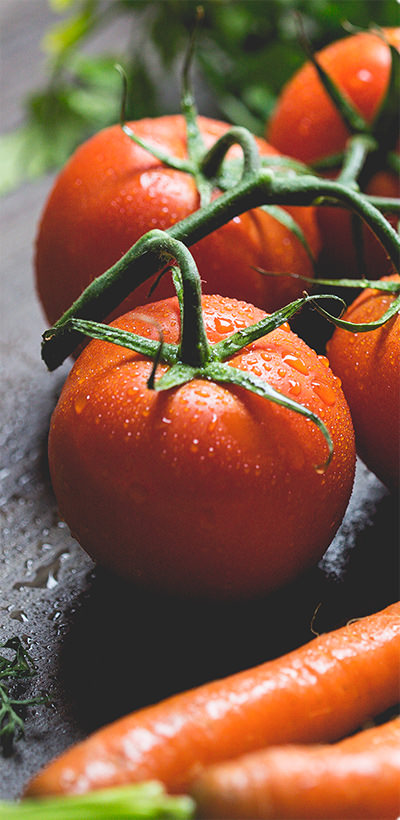Dear Customers,
We want to thank you for your continued support. Due to ongoing challenges with shipping logistics and increased costs, we have made the difficult decision to close our U.S. online store.
We truly appreciate all of our U.S. customers and apologize for any inconvenience this may cause.
Thank you for being a valued part of our journey.
Warm regards,
Veseys



